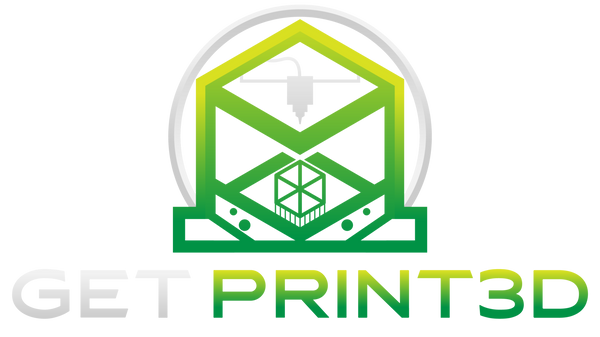How to Properly Clean and Maintain Your 3D Printer Bed
Keeping your 3D printer bed clean is crucial for achieving consistent, high-quality prints. A dirty or improperly prepared bed can lead to adhesion issues, warping, and even damage over time. In this guide, we’ll cover the best cleaning practices, how often to clean your print bed, and a comparison of using ammonia-based cleaners vs. isopropyl alcohol for maintenance.
How Often Should You Clean Your 3D Printer Bed?
The frequency of cleaning depends on how often you print and the materials you use. As a general rule:
-
After every print: Light cleaning to remove any leftover residue or dust.
-
Weekly (or every few prints): Deeper cleaning to remove built-up oils, adhesives, or print residue.
-
Monthly: A thorough cleaning and inspection to ensure long-term bed health.
Ammonia vs. Isopropyl Alcohol: Which is Best for Cleaning?
Ammonia-Based Cleaners
Ammonia-based cleaners, such as standard glass cleaners, are a great option for cleaning 3D printer beds. They effectively remove grease, dust, and old adhesive residue without leaving streaks or buildup. They are especially useful for glass print beds, as they help maintain clarity and smoothness. To clean:
-
Spray a small amount of ammonia-based cleaner onto a microfiber cloth or paper towel (avoid spraying directly onto the bed to prevent excess moisture seeping into sensitive areas).
-
Wipe the bed in a circular motion to remove any dirt or residue.
-
Dry the surface with a clean, dry cloth to ensure no moisture remains before printing.
Pros:
-
Removes grease and fingerprints effectively.
-
Leaves a clean, streak-free surface on glass beds.
-
Gentle on most build plates.
Cons:
-
Some formulas may leave a slight residue if not wiped properly.
-
Should be avoided on PEI sheets, as it may degrade the surface over time.
Isopropyl Alcohol (IPA)
Isopropyl alcohol (90% or higher) is another popular choice for cleaning 3D printer beds. It evaporates quickly, making it ideal for most surfaces, including PEI sheets, glass, and flexible build plates. However, it may not be as effective as ammonia for breaking down grease and oils. To clean:
-
Apply a small amount of isopropyl alcohol to a clean microfiber cloth.
-
Wipe the bed in smooth, circular motions.
-
Let the alcohol evaporate before starting a print.
Pros:
-
Quick drying, leaving no residue.
-
Safe for most bed surfaces, including PEI and textured beds.
-
Works well for removing oils from fingerprints.
Cons:
-
Not as effective at cutting through adhesive residue as ammonia.
-
Can dry out PEI sheets over time if overused.
Using Glue Stick for Better Adhesion & Protection
Applying a thin layer of glue stick to your bed isn’t just a trick for improving first-layer adhesion—it also helps protect the bed from damage, especially when printing PETG. PETG has a tendency to bond aggressively to some surfaces, which can lead to chips or damage when removing prints. A light layer of glue prevents this issue by creating a protective barrier.
How to Apply Glue Stick Properly
-
Use a standard, water-soluble glue stick (such as Elmer’s or similar brands).
-
Apply a thin, even layer across the print area.
-
If the glue builds up over multiple prints, simply wipe it off with a damp cloth and reapply as needed.
-
After printing, excess glue can be easily cleaned with warm water.
Conclusion
Regular cleaning and proper maintenance of your 3D printer bed will significantly improve print quality and extend the life of your build surface. Both ammonia-based cleaners and isopropyl alcohol have their advantages, depending on your bed type and cleaning needs. Using a simple glue stick can enhance adhesion and protect against damage, especially when working with PETG. Incorporate these practices into your 3D printing routine for smoother, more reliable prints every time!

